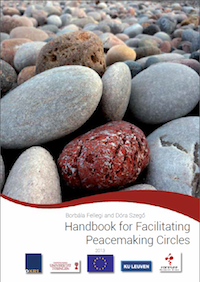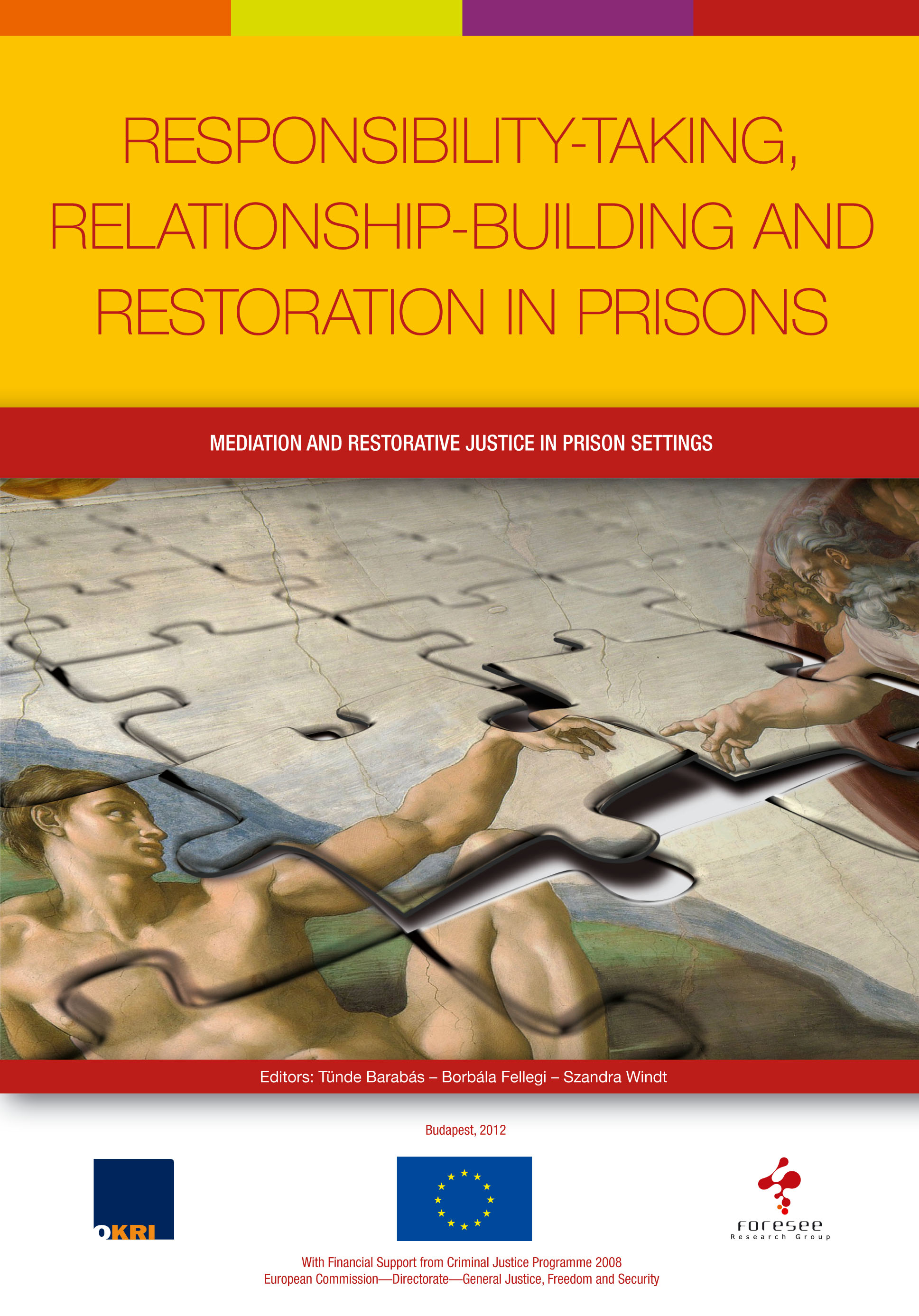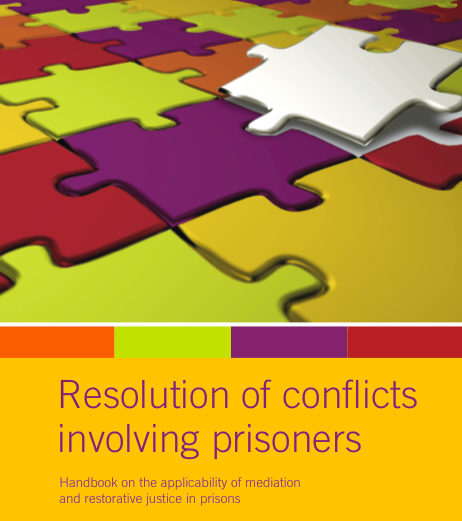This publication includes the research studies, results, observations, experiences and proposals relating to the work carried out by the participating partners over the three years of the MEREPS project (JLS/2008/JPEN015-30-CE-0267156/00-39), co-funded by the Criminal Justice Programme 2008 of the European Commission.
Following the introduction by Martin Wright, first the chapters written by Tünde Barabás and Szandra Windt presents the background of the empirical research of several years carried out by the National Institute of Criminology, the summary of the different target groups and methods of the survey and, on the basis of all this, the possibilities of mediation in Hungarian prisons. In the course of this, we will present the results of the examinations conducted in the penal institutions in Balassagyarmat and Tököl, you can get to know the feelings and circumstances of inmates as well as their attitude to repentance, what the Hungarian prison system has to offer and the attitude of those working in the prisons. You can also read about the needs of victims, based on victims' forums and the relevant research.
This is followed by the evaluation study of Dóra Szegő and Borbála Fellegi (Foresee Research Group) of the one-year pilot project implemented in Hungary: the disclosure of the difficulties, (partial) successes and the tasks arising in the everyday life of prisons, which have to be addressed and solved and which will lay the foundation of the domestic application of prison mediation. The pilot project tested the applicability of the restorative justice (RJ) approach in the Hungarian prison system: how can practices representing restorative principles be introduced in prison settings? What are the institutional, legal and personal conditions that serve as supportive circumstances, and what are the specific challenging circumstances? Based on in-depth interviews and participant observations, the study shows a thorough picture about the internal dynamics and mechanisms of the prison, about the attitudes of staff and about the ways in which RJ can be integrated into this world.
The Hungarian chapter ends with the evaluation of a practicing public prosecutor, András Szűcs (High Prosecution Service) of the opportunities offered by the legal and institutional framework which are necessary for the application of penal mediation and which can be realised in the current legal framework.
The presentation of the research carried out by our foreign partners begins with the study conducted in England, concentrating on juvenile offenders. According to this chapter, written by Theo Gavrielides, director of IARS, in Britain there are fewer legal barriers to the introduction and application of restorative practices (compared to the continent), and so they are significantly ahead of us in the field of introducing and applying restorative tools. This may facilitate the experiences of the British being regarded as exemplary when introducing penal mediation in Hungary. The essay, however, looks further ahead, and presents a much broader range of the programmes of a restorative approach applied in the different prisons of the world, primarily in respect of juvenile offenders. The essay mentions the research carried out among English experts and makes recommendations concerning the application of the restorative approach in prisons.
After that you can read about the results achieved in the German study and pilot project, led by Arthur Hartmann (professor of the University of Bremen). You can become acquainted with the complex system of the German federal rules and the rules of the state of Bremen, as well as the general conditions and current practice of Restorative Justice in Germany. The chapter details the research carried out by the University of Bremen and the results of the model experiment subsequently conducted in the penal institution in Oslebshausen (Bremen).
The closing study written by Ivo Aertsen (professor at the University of Leuven) in the volume describes the history and possibilities of prison mediation already implemented and operating efficiently in Belgium. On the one hand, it outlines the Belgian legislative environment and current regulatory framework; on the other hand it presents the structural barriers and difficulties as well as the good practices and other development trends.
A special feature of the book is that its last part contains three case studies (a mediation case written by Els Gossens, mediator of the Belgian Suggnomé, and two family group conferencing cases by Vidia Negrea (director of the IIRP Hungary) and by Dóra Szegő and Borbála Fellegi) that illustrate the resolution of “real-life”, successfully closed and very serious cases, from preparation to closing, through a restorative approach.
This seemingly small volume may represent an important milestone in the adaptation and introduction of restorative practices such as mediation and group conferencing in prison settings. We are hopeful that the studies in this book will contribute to the communication of the various programmes and models of a restorative approach. And maybe they can also make us reflect on programmes that make it possible to get those affected by a crime to sit down and discuss the issues that are important to them, so that they can develop a mutually acceptable solution together.
The full text of the English language publication can be downloaded from here (in pdf format).
***
If you wish to order a hard copy of the book, you can do it by paying 40 EUR (approx. 50 USD) (costs of the package and the mailing) by card through the PayPal system.
In order to do so, please click on the button "Buy Now" below. To give us your exact mailing address, please write an email to borbala.fellegi(at)foresee.hu.
Thank you for your order!














No comments